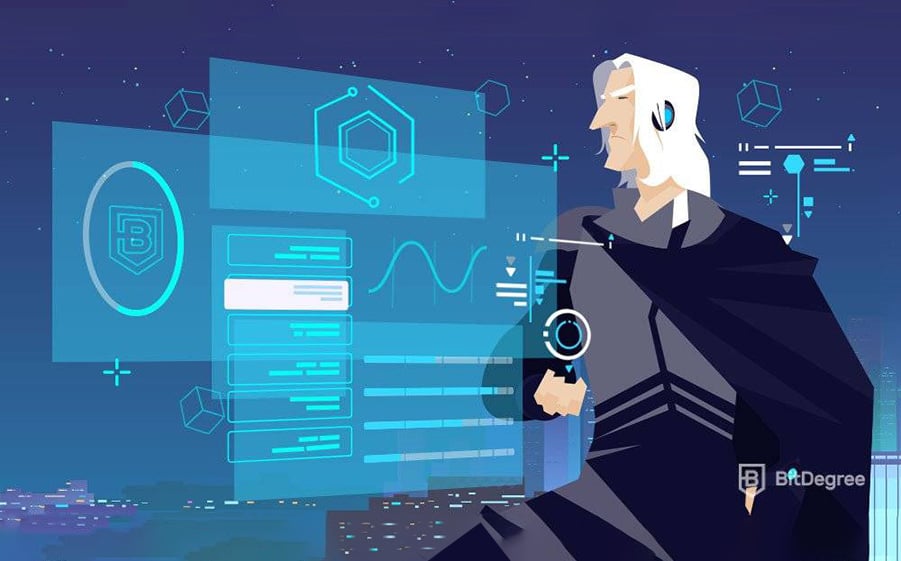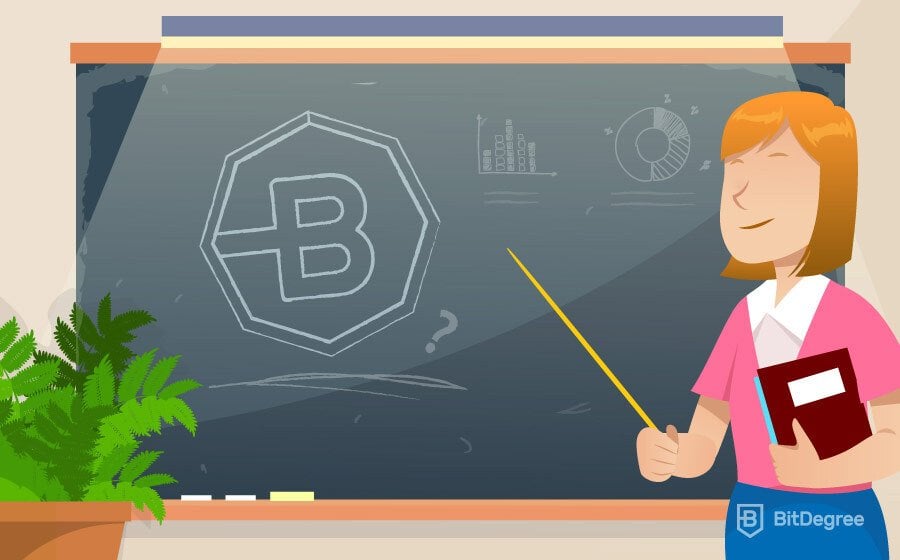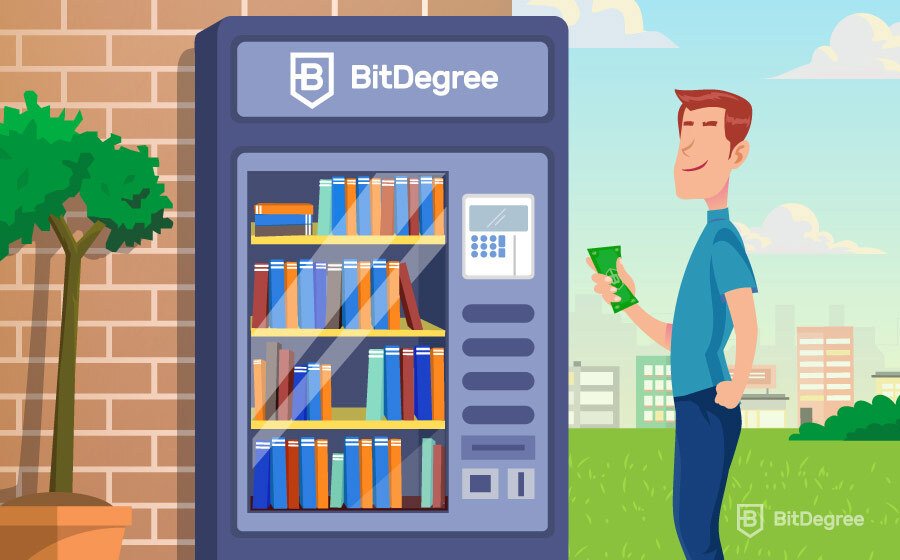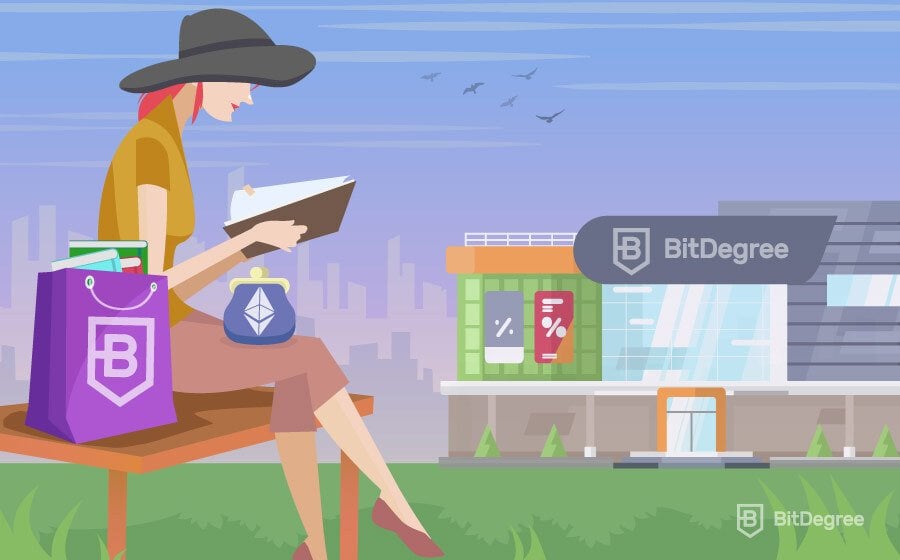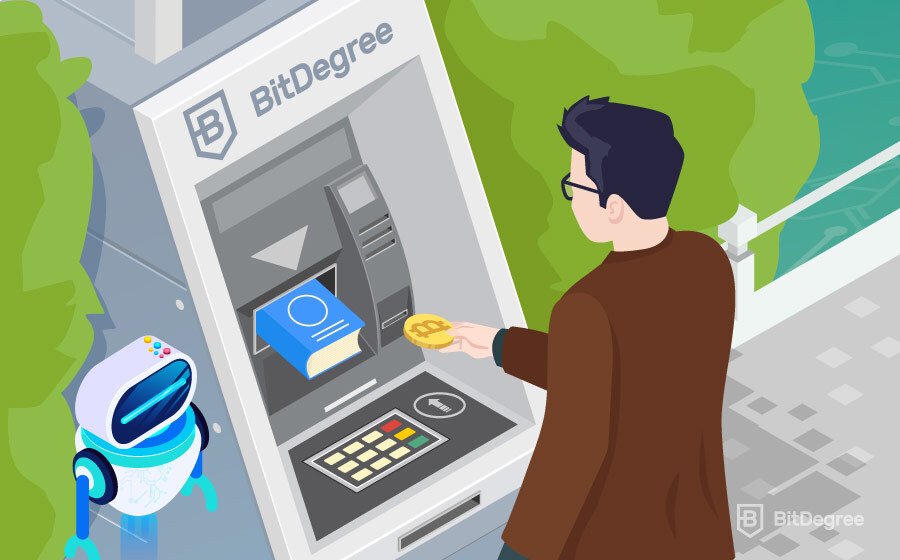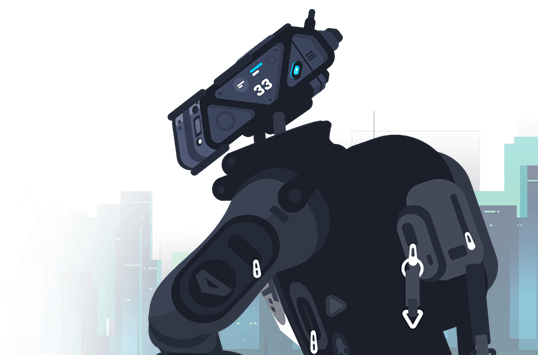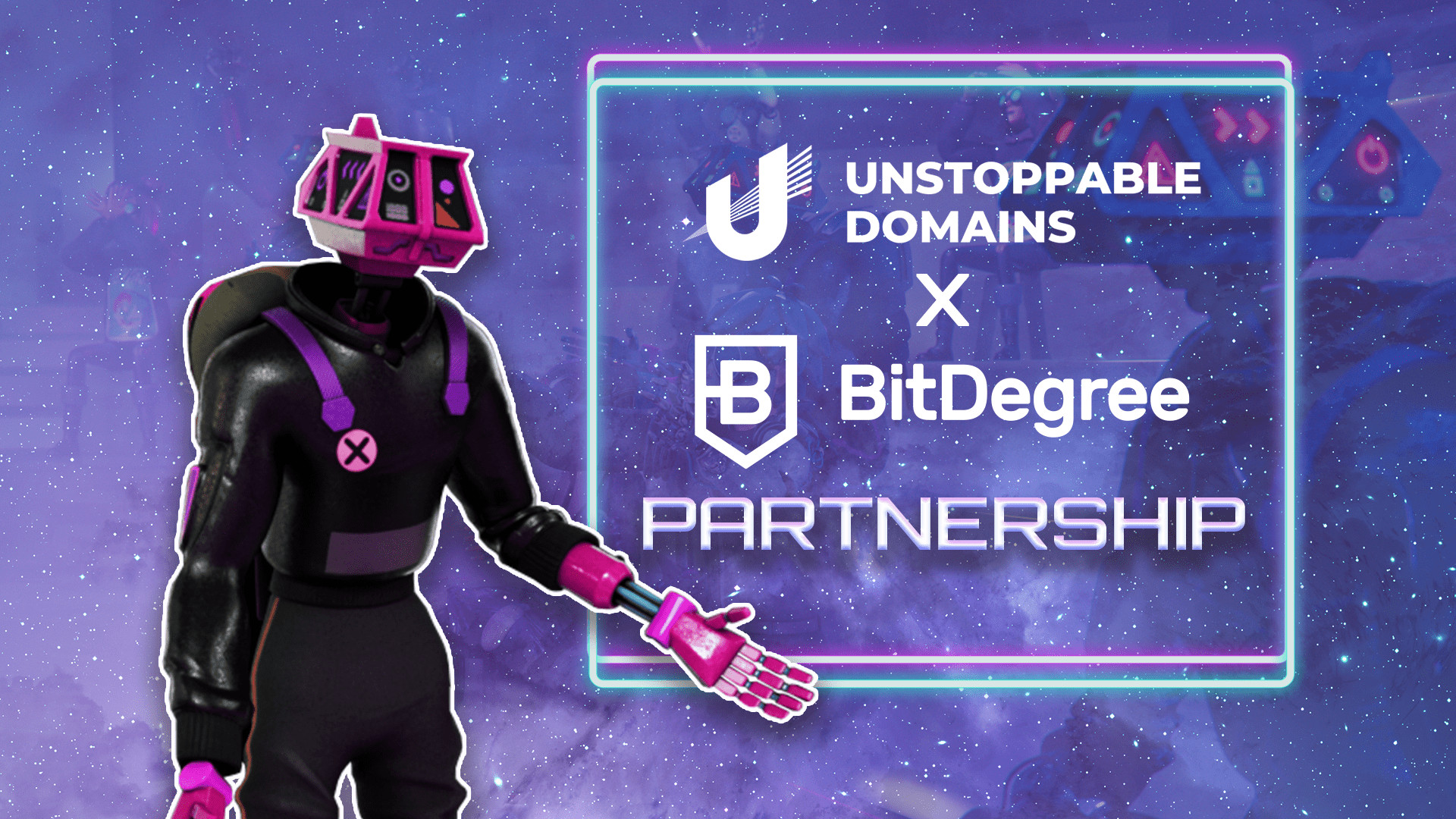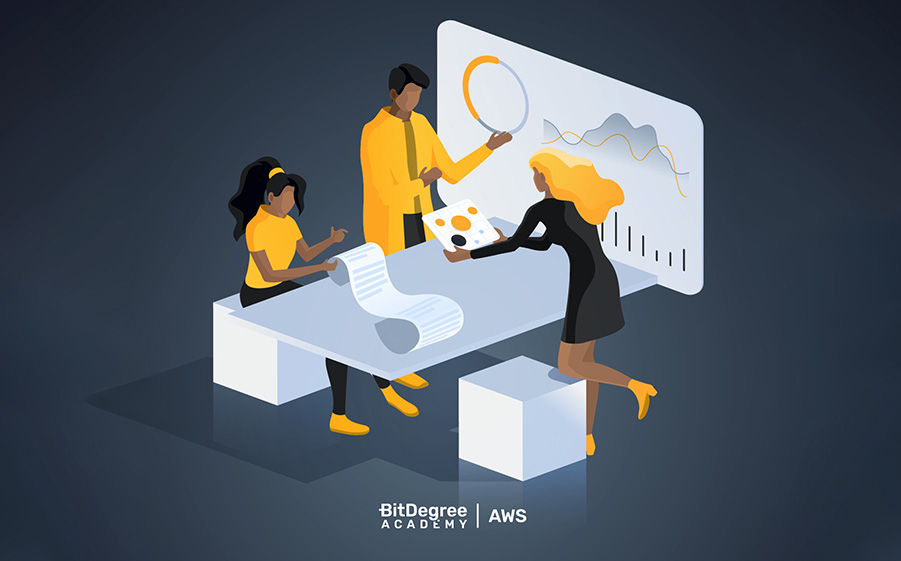What is Gamification?
Technology has taken its toll on the educational scene like never before. Young students, the ones born in the digital era, use technologies in almost every aspect of their lives, so it shouldn't come as a surprise when they turn to them for upskilling and reskilling as well.
If you’re not familiar with the word gamification, you might think it means creating a game and adding education elements. However, it actually works the other way around: gamification is the application of game design to places that are not actually game related. It can be defined by adding levels, experience, health points, or other game-related characteristics. E-learning gamification integrates game mechanics into the learning process and is mostly used to motivate people, make the process more fun and enjoyable. The gamification of the learning process uses the same techniques game designers use to engage their players and reward for their progress in action.
Why Should Gamification be Used in Education?
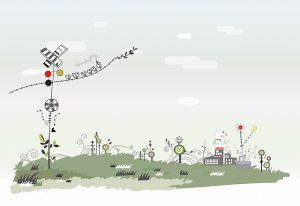
In the age of learning engagement crisis, there is a huge need for new methods and ways to embrace not only young but also older students who wish to continue their life-long learning. Gamification of learning leverages their natural desires to socialize, learn, achieve, and compete, so people don't feel like they're working hard or forcing themselves to do something they do not feel comfortable doing. It also uses rewards for progressing or achieving certain levels.
Why does it work? Well, the answer is pretty simple – but let's divide it into technical and psychological aspects for maximum clarity.
Technical Aspects:
- Immediate feedback: e-learning gamification allows students to get immediate feedback on their progress and understand where they stand among the others, making the process faster than it would be using the traditional methods.
- Cashing-in on rewards: one of the cornerstones of gamification in education is rewards. Who doesn't like getting something for free? Alas, getting rewards for passing certain courses or learning new things has been proven to encourage students to be more productive as that can impact their real life and improve their learning process even more. Also, when the student knows that they're going to be rewarded for completing a task, they pay much more attention to the study material.
- A way more enjoyable learning process: this is where graphics and the whole design of the platform step in. It has been long known that visuals and sounds can affect our productivity and brain work – but let’s face it, it is a lot more interesting to watch or read content that interacts with us!
- Collaboration: not only does gamification in education allow students to compete against each other, but they can also collaborate with friends and share their knowledge.
- Progress bars: as you're studying, you always want to know where you are and where you're heading. No one likes to feel lost, which is why it is important to have a clear roadmap, which shows how much work you have to do until you reach the finish line.
There are also more than enough reasons to prove that gamification works in terms of psychology.
Psychological Aspects:
- Full control of your actions: you don't need to be an expert in psychology to understand that being forced or dragged to do something against your will leads to a downfall of motivation. When the student is in the driver's seat, however, they feel in control of their destiny and empowered to take action.
- Reinforcement of good behavior: gamification in education is a bit similar to what social media does in terms of instant gratification. Doing a good job? Here, have a like or a share, or, in this situation, have a reward. If you complete the whole course – claim your free certificate!
- Sense of achievement: everything we do, we do to achieve something, and education is probably one of the fields where it's the easiest to notice. It is a very strong psychological driving factor for a person to have a sense of achievement, and receiving rewards for your efforts instills that feeling very firmly.
- A rush of dopamine: it is a known fact that games that provide positive feedback on a person's work or allow them to win something can activate the brain circuits releasing dopamine, which is a major component of human motivation. Reward-motivated behavior can sometimes even lead to addiction and make you come back regularly, expecting better results every day.
There are many reasons why the process of gamification in education should be used. If done correctly, it can influence powerful human emotions and create a positive experience of learning.
What Elements Does E-learning Gamification Use?
Subtly placed in different parts of the learning platform, gamification elements can bring a lot of diversity to the process. The most commonly used components are:
- Progress bars: users need to see how much progress they have made, and how much there is still to do.
- Levels are probably the most popular element. Leveling-up allows you to display your progress to others and embrace that competitive spirit!
- Badges are important to the user to make him feel like he accomplished something. Badges are mostly used like ribbons for special achievements that can be collected.
- Avatars are there to help the user develop a feeling of ownership. Customizing your profile the way you want raises the chance you'll feel attached to it, as well as other actions associated with the profile.
- Daily challenges and quests create the fear of missing out (FOMO) by increasing the importance of coming back to the activity on a regular basis. The daily bonuses are used to reward the user for staying consistent and putting the platform higher on their priority list.
- Virtual currency and goods: a platform needs to have its own currency that can be then used to award the users and let them exchange it for virtual goods.
Gamification of Learning Helps Memorize Stuff Better
Even though humans probably have the most advanced brains among all the species living on Earth, they're still not capable of storing all the information we get bombarded with during the process of studying. It's not uncommon for us to learn something and forget it the very next day, making information gathering pretty much useless. The new data gets lost in our brain if it's not stored in the long-term memory through a multi-layer process of preparation, attention, selection, organization, and integration that can be easily impacted by gamification in education.
The brain can gather new information through hearing or seeing things, and it is a lot easier to memorize something and place it in the long-term memory bank with a combination of both. Although the digital revolution has improved our reaction time and capability to deal with multiple tasks at the same time throughout the years, it decreased our attention span – and this is precisely why there is a huge need for new and effective methods.
The Eight Core Drives of Gamification
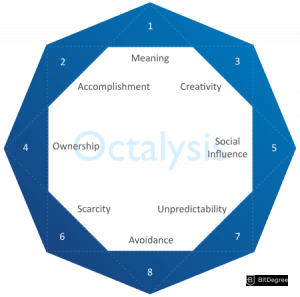
Some of the most effective ways to engage the user have been identified by the founder of the Octalysis framework Yu-Kai Chou. He developed a human-centric gamification design that lays out eight core drives of human motivation. Yu-Kai Chou believes that it is possible to motivate the user to complete a task efficiently through an interactive experience by applying these core drives. The Octalysis framework suggests using gamification in education, fitness, healthcare, and product design to increase user engagement.
The Eight Core Drives:
- Epic meaning and calling. This core drive represents working on a task that is greater than yourself or means that the person has been specifically “chosen” for the task. Volunteering when you work without expecting to get paid is a great example.
- Developing and accomplishment. This is our internal drive to achieve something, make progress, overcome challenges, and develop skills.
- Empowerment of creativity and feedback. Users constantly need to have ways to express themselves through their creative process and also see the results of their creativity by getting constructive feedback.
- Ownership and possession. Building something from scratch makes you feel in control of what you are creating. When a person is responsible for something, it drives them to improve it. People tend to believe that something they own is far more valuable than it is.
- Social influence and relatedness. This drive is all about social elements that consist of companionship, competitiveness, social acceptance, and mentorship. Gamification in education connects people that may have similar hobbies or the same goals.
- Scarcity and impatience. It can be simply explained by people's fear of losing something that is time-sensitive, rare, or exclusive. The fact that the user cannot get something right now makes them want it even more.
- Unpredictability and curiosity. It drives a person to be constantly engaged because they don't know what is going to happen next. It is basically what makes gambling so addictive!
- Loss and avoidance. The last core drive could be described as a fear of missing out (FOMO), and is commonly used in marketing promotions with limited periods.
Conclusion
Taking all the physical and psychological evidence on how gamification in education impacts our learning process into account, it becomes clear that the change is going in the right direction. And change is always good – especially when it is long-needed. The education process didn't stop evolving throughout the years, and it does not need to stop now. It is crucial to go hand in hand with the new digital era and adapt to our current needs.
